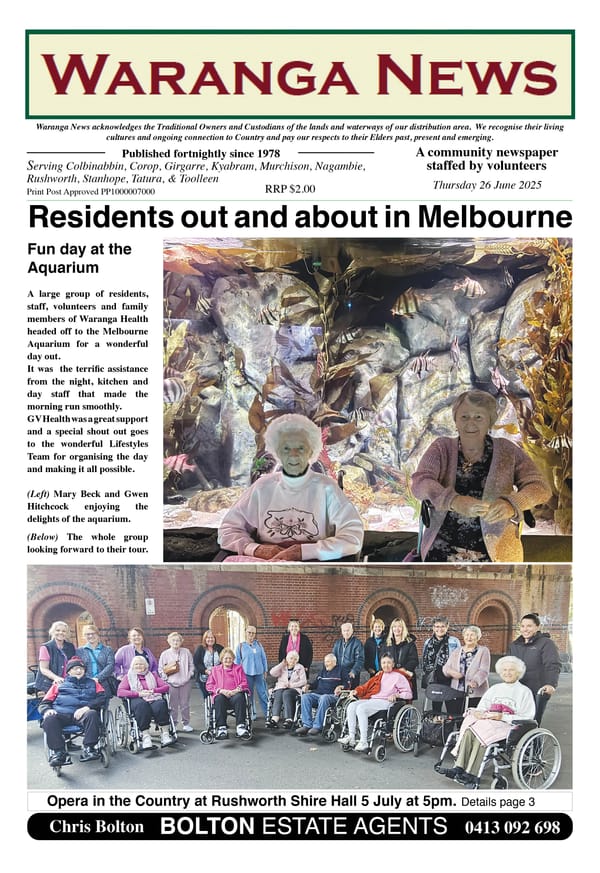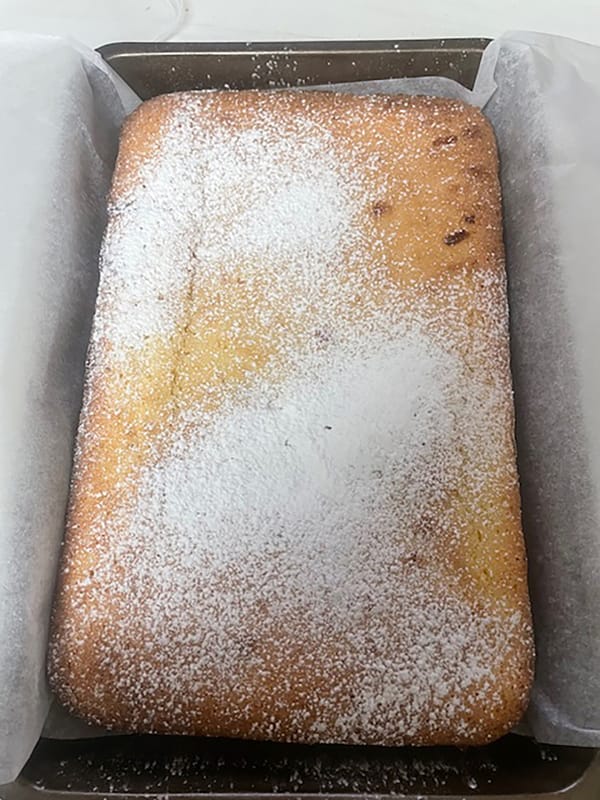33. Captain John

The Aboriginal man called “Captain John” by the Europeans was the son of Tattambo and his first wife. We do not know John’s Aboriginal birth name or where he was born. When he died in 1874, it was estimated at the time that he was in his late 40s. If true, that would place his birth date in the mid to late 1820s. “Mr William Phillips, the oldest resident in the town, remembers him as a boy of 12 or 13, when the Protectorate was first established under Mr Le Soeuf in 1839.”1
Being born prior to the European incursion into Ngurai-illum Wurrung country meant that as a boy, John would have had a very traditional upbringing. The clan of his parents was based on the Campaspe River south of Elmore, but travelled extensively to the east, beyond the Goulburn River. All children born in the Gunung Willam clan, like John, became members of the Waa, or crow moiety, so this bird would have been an important totem for John.
INITIATION
At about the time that John would have normally been going through his formal initiation, the world of the Ngurai-illum Wurrung was in total upheaval. European colonisers rapidly moved into their country in the wake of the 1836 Major Mitchell expedition. John could potentially have been a witness to some of the massacres that took place, particularly on the Campaspe in the late 1830s.
It is unclear whether John went through an initiation process in the usual way, because of these disruptions. Instruction was given to young teenage boys by a mentor, usually from within the clan. The mentor needed to have accumulated considerable knowledge to pass on, so was usually a respected older man. The initiation culminated in ceremony at a location regularly used for such events.
LATER YEARS
A writer for the Waranga Chronicle claimed that Captain John said the first white men that he had seen were in Major Mitchell’s party, as they passed through northern Victoria in 1836. When the Aboriginal Protectorate was established in 1839, it seems that Captain John frequented the station with other members of the Ngurai-illum Wurrung clans.
As he grew older, he was employed by the police as a tracker in Gippsland. There was generally no love lost between the people of the Kulin nation (of which John was member) and the Gippsland Aboriginal people known as the Kurnai. Apparently, John tended to be overenthusiastic in the performance of his duties, preferring to shoot first and ask questions later.
One such incident resulted in his own arrest. However, when he was handcuffed and being taken to a place of incarceration to answer the charges, he escaped by diving into a river and swimming away underwater. He “…appeared not again on the confines of civilised life till his offence was forgotten.”1 His access to firearms during his time with the police meant that he became an excellent shot, and as a result probably abandoned his traditional weapons.
FAMILY LIFE
When he resurfaced along the Goulburn River, Captain John spent most of his time in the districts of Avenel, Seymour, Nagambie and Murchison, particularly the latter.1 His wife was known as Biddy. They had a daughter (Jeannie/Jenny) who was born around 1844, and a son, Johnny/Johnnie.
In winter 1874, while camping on the Goulburn at Murchison, Biddy’s mia mia caught fire. She was the only occupant, and was quite severely burned. She was nursed back to health by Jeannie and an unnamed member of the Murchison community.2 After John died in 1874, the remaining members of his immediate family went to live at Coranderrk station near Healesville.3
It seems that Captain John was quite a character. “There was a humorous twinkle about the Captain’s eye that seems to intimate that he rather enjoys life.”4 When he died, it was reported that “The deceased had a great deal of native dignity in his composition, and he was a true gentleman on many points.”1
References: 1 Waranga Chronicle 29.10.1874; 2 ibid 2.7.1874; 3 ibid 12.11.1874; 4 McIvor Times and Rodney Advertiser 3.7.1873. Waranga Chronicle articles courtesy of Alan McLean.



